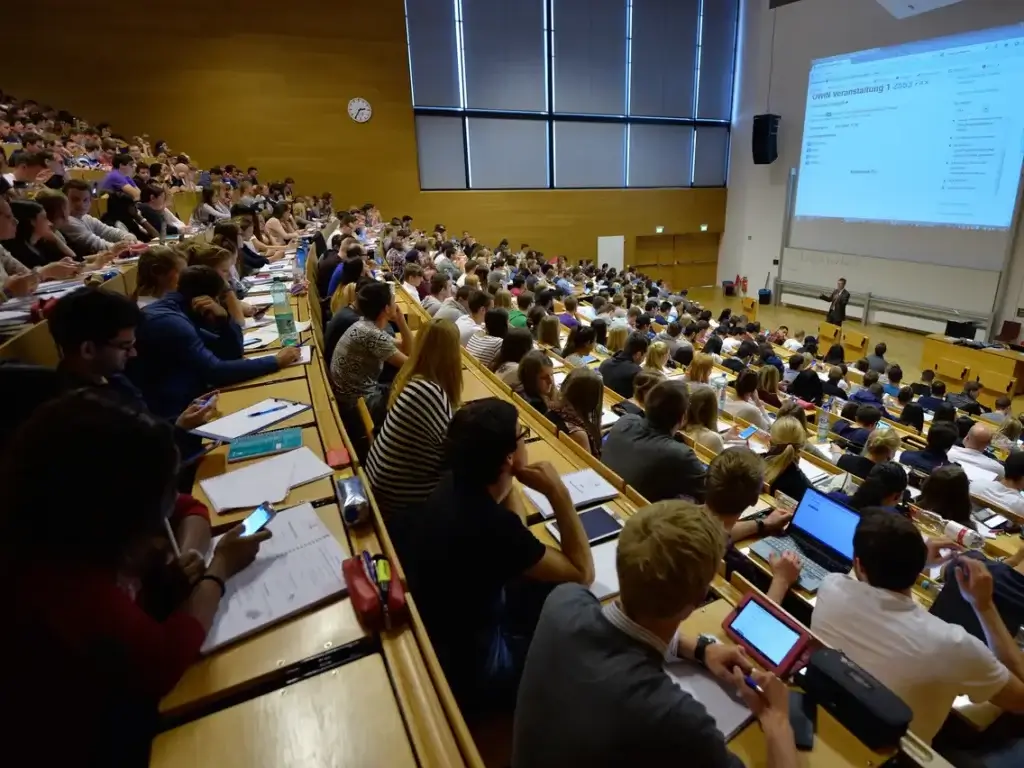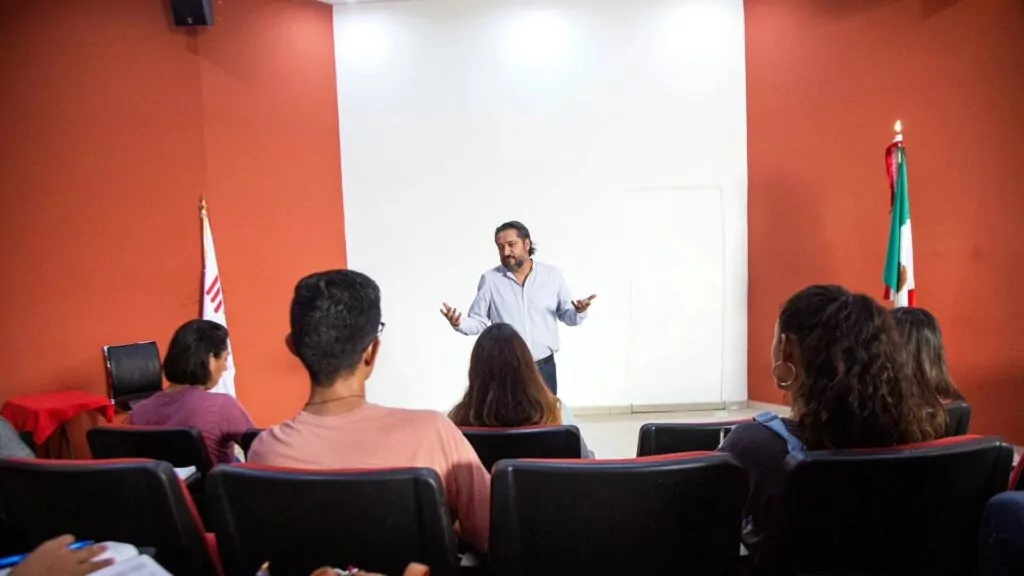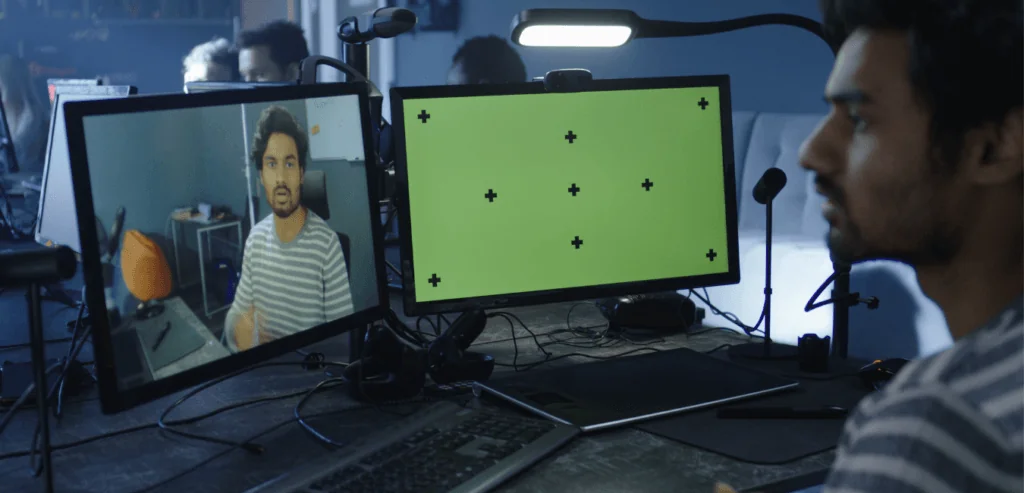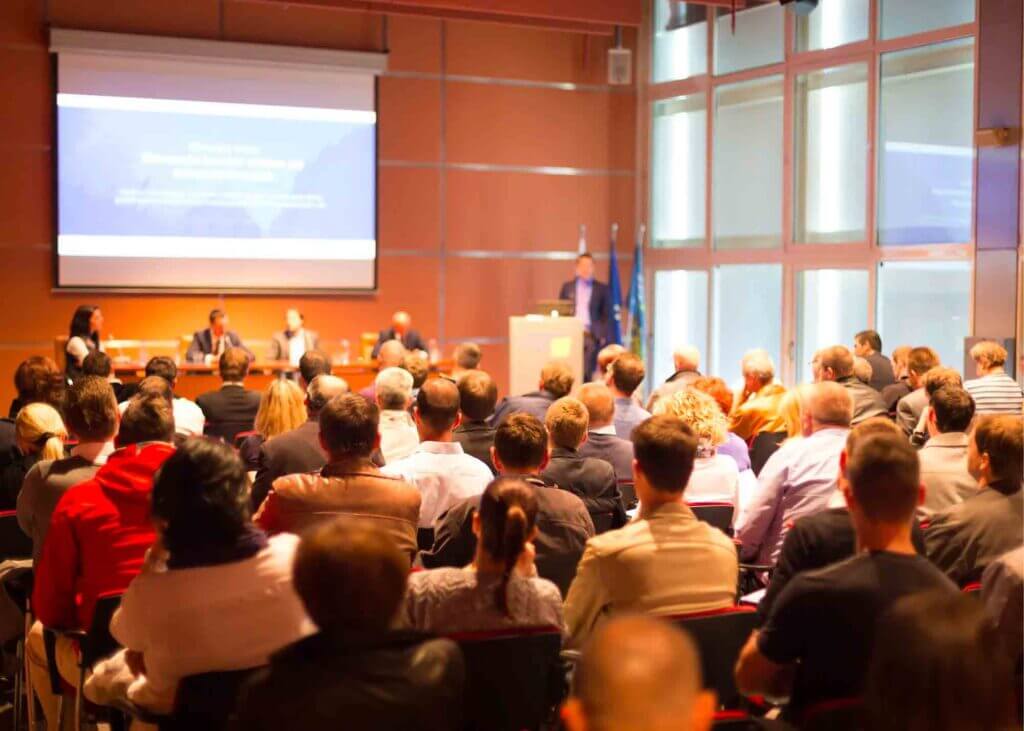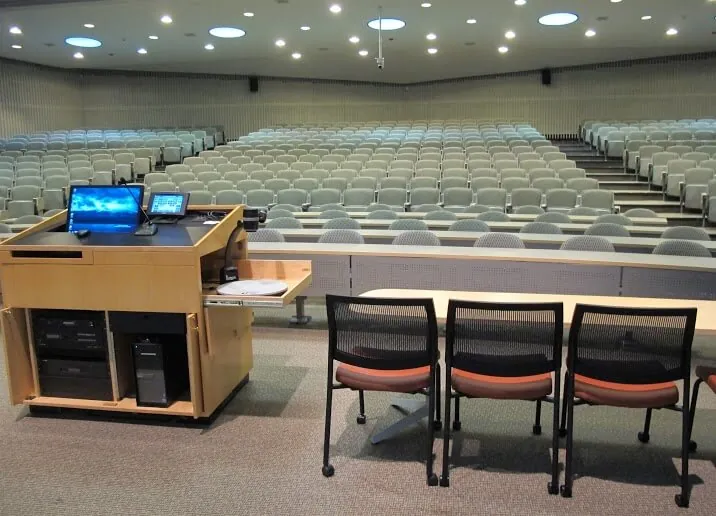The right lecture capture platform will meet the needs of your IT staff, administration, content owners and learners. While each of these groups may have different priorities, the right solution will meet the needs of diverse audiences and add value to your organization.
Institutions should consider 10 key factors when selecting a lecture capture solution: scalability, compatibility, integration, analytics, automated scheduling, playback, organization, editing capability, and accessibility.
1. Scalability
 For many organizations, long-term scalability, or the ability to grow with the organization, is essential. If you outgrow your lecture capture solution, it is a poor short-term investment. The right lecture capture solution for your organization must offer the flexibility to grow to meet changing needs or even to adapt to and accommodate new technology as it changes over time.
For many organizations, long-term scalability, or the ability to grow with the organization, is essential. If you outgrow your lecture capture solution, it is a poor short-term investment. The right lecture capture solution for your organization must offer the flexibility to grow to meet changing needs or even to adapt to and accommodate new technology as it changes over time.
Whether you’re using YuJa’s Lecture Capture solution for tens or thousands of users, workflow features like adaptive bitrate streaming, multi-device media encoding and a global content delivery network help make it easy to deliver content to your audience.
2. Compatibility
Technology rarely operates in a silo, working independently without sharing information. Choosing a lecture capture solution that works with your existing technology and is continually assessing and improving its compatibility will help those who rely on lecture capture not only transition into using video tools, but create engaging media content for viewers.
3. Integration
Along with compatibility, when shopping for a lecture capture solution, organizations should select a lecture capture solution that plays well with the current learning management system and which accommodates a range of different peripheral technologies. This will help ease the implementation process and expand its utility. Consider SSO products, captioning vendors, your LMS and other technologies as you assess lecture capture solutions.
4. Analytics
Tracking and measuring data helps instructors see what teaching methods are effective and find areas for improvement. Analytics enable organizations to track who is accessing media, patterns of media usage and user engagement to help maximize investment in lecture capture technology, and enables content owners and administrators to adjust lecture capture strategies for improved user engagement.
There are two main forms of analytics to consider when choosing a lecture capture technology. A good solution integrates both:
- Administrative analytics, which share information of primary interest to IT and administrative staff, like network usage.
- Learning analytics, which share information about how students are using the lecture capture technology.
The YuJa Video Platform’s Visual Analytics suite collects a variety of data and provides reports that cover system statistics, usage and instructional insights.
5. Automated Scheduling and Remote Start
Auto-scheduling is an essential tool for lecture capture. Automated or remote scheduling enables the lecture capture to begin and end recording without direct instructor or content owner involvement. This increases the overall reliability of lecture capture for users, and reduces effort and work on the part of instructors. YuJa’s Lecture Capture technology offers remote scheduling and on-demand recording capabilities.
6. Playback
High quality video playback on any device is essential. Users may watch lecture captures on smartphones, tablets, laptops or desktop computers. Playback quality should automatically adjust to provide a clean, crisp viewing experience for each of these different devices, and should accommodate varying network speeds. Additionally, YuJa’s Video Platform allows users to download content to watch later, even if they don’t have an internet connection.
8. Organization
Lecture capture creates significant amounts of media content in the form of large video files. In order to maximize the usefulness of this content, your lecture capture solution should organize and store media content. In addition, it is critical that content be searchable for future use.
9. Editing Capability
With fully-integrated editing capabilities, instructors can easily edit content, remove errors, update or add a forgotten slide or note about an assigned reading to their lecture captures. Lecture capture features like multi-stream, non-destructive editing within a web browser, smart workflows, inline caption editing and the ability to schedule recordings all allow course designers and instructors to create and deliver higher value content for learners.
10. Accessibility
No matter the size of your organization, lecture capture solutions must be fully accessible with closed captioning, keyboard adaptations, and audio descriptions. In addition, technology should be compatible with screen readers and other assistive devices to make content accessible to all learners.
Learn more about YuJa’s Lecture Capture platform by checking out our comprehensive guide.



